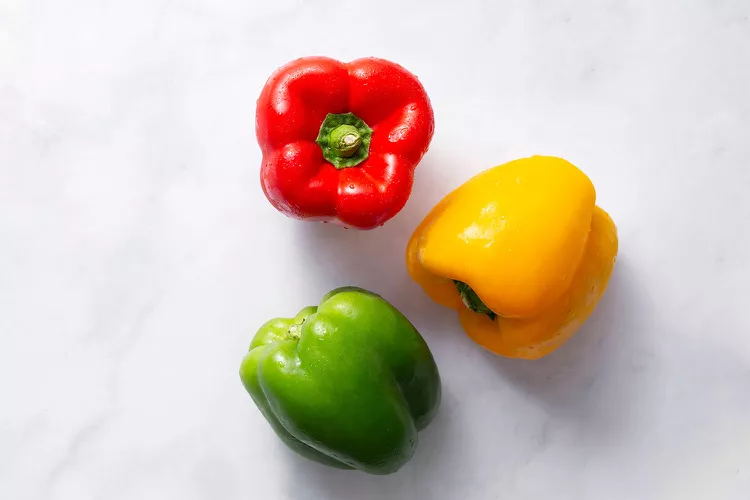- No. 268 Xianghe Street, Economic Development Zone of Xingtai city, Hebei 054001 China
- Byron@hbhongri.cn
chili powder and cayenne pepper
The Versatile Flavors of Chili Powder and Cayenne Pepper
When it comes to spices that can elevate the flavors of any dish, chili powder and cayenne pepper are two of the most commonly used. Both originate from the Capsicum family of plants, but they are distinct in their taste profiles, heat levels, and culinary applications. Understanding the differences between them and how to use them can significantly enhance your cooking experience.
What is Chili Powder?
Chili powder is a blend of spices, typically derived from dried chilies. While the exact composition can vary, it commonly includes ground dried chili peppers, cumin, garlic powder, and oregano. This combination creates a well-rounded flavor that can add warmth, depth, and a hint of sweetness to a dish. Chili powder is less about heat and more about enhancing the overall flavor profile, making it a staple in cuisines around the world, particularly in Tex-Mex and Mexican dishes like chili con carne and tacos.
The heat level of chili powder can vary based on the types of chilies used in its production. For instance, a chili powder made with milder peppers such as Anaheim will offer a different level of spice compared to one made with hotter varieties like cayenne or ghost peppers. This variety allows cooks to select the right kind of chili powder based on personal preference and the requirements of their recipes.
Exploring Cayenne Pepper
Cayenne pepper, on the other hand, is made from a specific type of hot pepper – the cayenne chili. It is ground into a fine powder and is known for its intense heat. On the Scoville scale, which measures the spiciness of peppers, cayenne pepper typically ranges from 30,000 to 50,000 SHU (Scoville Heat Units), making it significantly hotter than most chili powders. While it carries a sharp, fiery flavor that can be exhilarating for those who enjoy spicy food, it lacks the complex blend of flavors found in chili powder.
In addition to its culinary uses, cayenne pepper is also famous for its health benefits. It contains capsaicin, a compound that can boost metabolism, reduce pain, and promote heart health. Many people incorporate cayenne into their diets not only for flavor but also for its potential health advantages.
Culinary Applications
chili powder and cayenne pepper

Both chili powder and cayenne pepper can be utilized in a variety of dishes, but they serve different purposes.
Chili powder is excellent for seasoning chili dishes, soups, stews, and even marinades. Its complex flavor profile complements meats, beans, and vegetables, providing a more balanced heat. For instance, a tablespoon of chili powder can transform a basic bean dish into a lively meal without overwhelming it with heat.
Cayenne pepper, on the other hand, should be used more sparingly due to its intense heat. It can be added to sauces, spices rubs, or any dish where a kick of heat is desired. A pinch may be all you need to wake up the flavors in creamy sauces, dressings, or even scrambled eggs. For those who love spicy food, sprinkling cayenne on popcorn or roasted vegetables can add an exciting twist.
Substituting One for the Other
While it's tempting to substitute chili powder for cayenne pepper or vice versa, it’s essential to consider the consequences. If you replace chili powder with cayenne, you may end up with a dish that is overwhelmingly spicy without the rich flavor that chili powder brings. Conversely, using chili powder instead of cayenne may leave your dish lacking in heat, which might be particularly undesirable for spicy food lovers.
If you find yourself needing to substitute one for the other in a recipe, a good rule of thumb is to start with a smaller amount than called for and adjust to taste. This approach allows for a balance between maintaining flavor and adjusting for heat levels, ensuring your dish remains enjoyable.
Conclusion
Chili powder and cayenne pepper are invaluable spices in the culinary world. While they share some similarities, their distinct flavor profiles make them suited for different applications. Understanding how to utilize these spices can unlock new levels of flavor in your cooking, whether you’re preparing a comforting chili or a fiery hot sauce. So, the next time you’re in the kitchen, don’t hesitate to experiment with these powerful spices!
-
Turmeric Rhizome Powder: A Golden Treasure from Roots to TableNewsJul.28,2025
-
The Versatile Application Of Crushed Red Hot Peppers: Lighting Up The Red Flames On The Dining TableNewsJul.28,2025
-
The Paprika: A Touch Of Vibrant Red In Color, Flavor, And CultureNewsJul.28,2025
-
Ground Turmeric: A Modern Examination of an Ancient SpiceNewsJul.28,2025
-
Capsicum Liquid Extract: Features, Applications, and ChallengesNewsJul.28,2025
-
Application of Capsicum Liquid Extract in FoodNewsJul.28,2025







